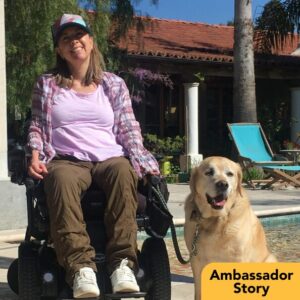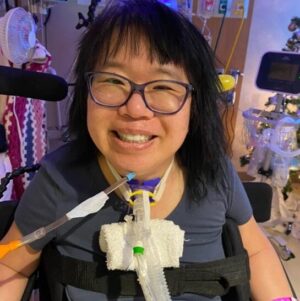Kevin Lopez is a client Ambassador who turned to Help Hope Live in 2022 as he navigated the effects of nearly two decades of debilitating heart issues. In October 2022, Kevin received a heart transplant, and a new life began.
Here are nine lessons Kevin learned along this journey—from both the darkness and the light.
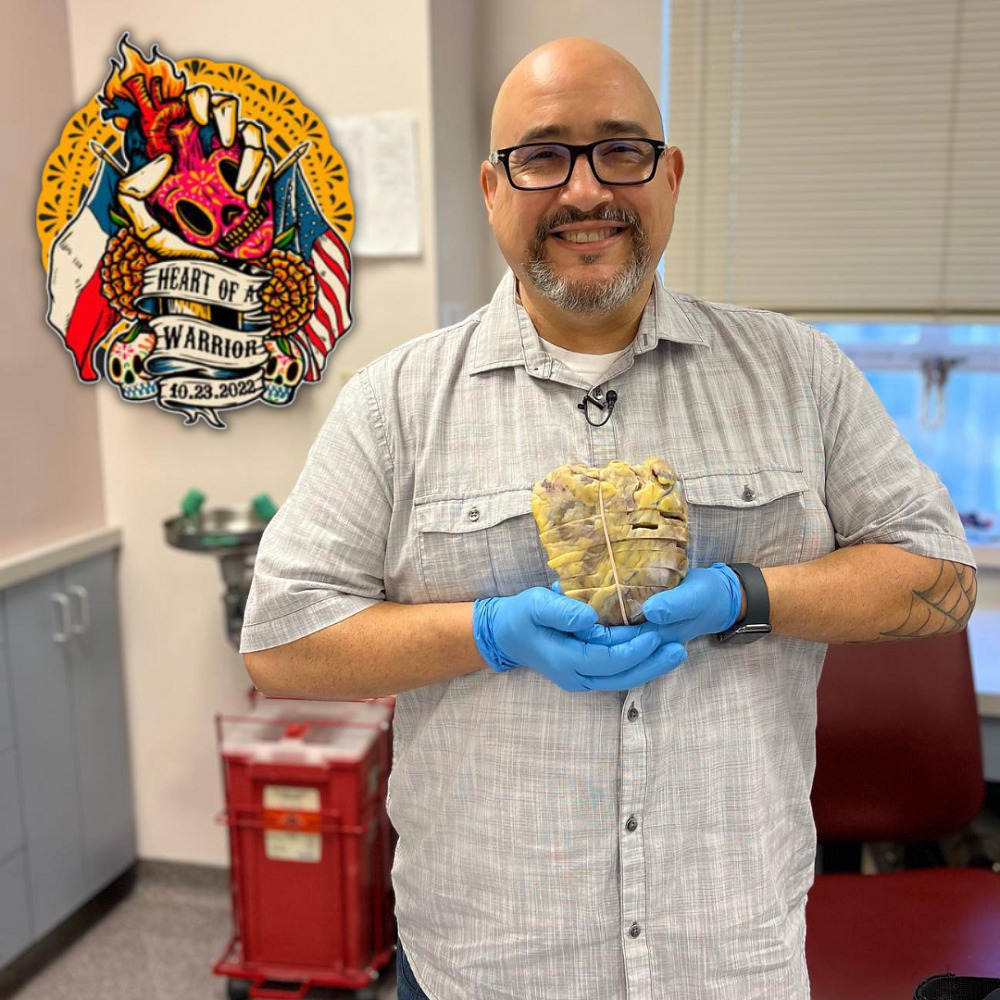
I can’t believe it’s been a year since my heart transplant.
I remember the day so well. It was early Sunday morning, October 23, 2022.
I was in downtown Dallas, admitted indefinitely starting September 28, 2022, as I waited for a heart transplant.
I was asleep when I received a call to my cell at 2:19 a.m. I didn’t recognize the number as I was trying to wake up, but I remembered that one of my transplant coordinator nurses was originally from Virginia—that’s why I answered.

Lesson 1: A Slow Wait Can Become a Sprint
It was Nurse Ashley with a very happy tone in her voice. She said, “Mr. Lopez, I have some good news for you. You have an offer of a heart.”
I was in disbelief. My emotions and thoughts started to race. I was in shock, and I cried.
I was transferred to the surgeon, and I had a good conversation with him where he reassured me that he thought the heart was a very good match for me.
They informed me it was a high-risk heart, but I had already decided months before that I would accept a high-risk heart, so there wasn’t anything to contemplate. The heart was positive for hepatitis C, so we discussed the risks and the treatment plan.
The surgery was tentatively scheduled for 11 a.m.
After the phone call, I called my daughter, Nicole, who is 28. We cried over the telephone about it. It had been a very long road to get to that point, and we felt the heaviness of the moment.
She picked up my son, Lukas, who is 14, and headed to the hospital.
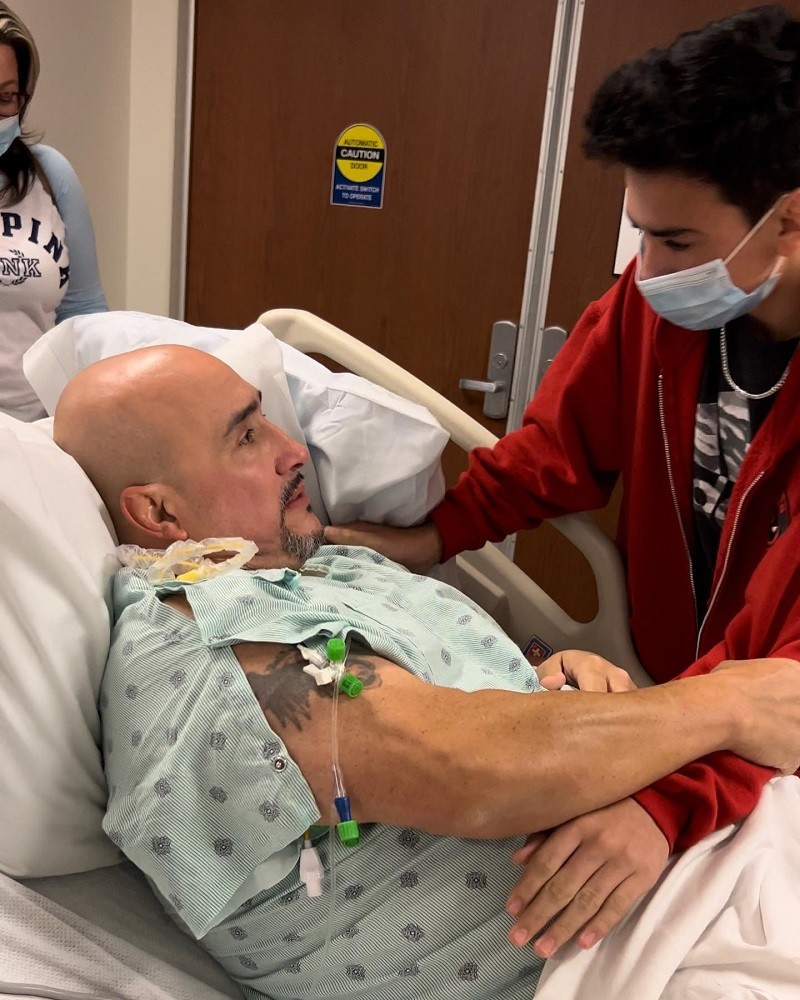
Lesson 2: Expect to Feel Every Emotion
Once my loved ones arrived, I really felt at peace. We just held each other tightly and cried in joy about the news. We were all so happy.
I could tell that my kids were nervous about what was coming, as was I, but there wasn’t anything left for anyone to do until after the surgery. It was a really surreal feeling.
I was elated to have such wonderful news of the gift of life from my donor, but at the same time, I felt extremely guilty that someone lost their life.
I was thinking about the donor’s family and the emotions they were feeling. My kids and I prayed for peace and healing for my donor and their family.

Time was going by fast now, and I was starting to get more nervous.
Lesson 3: Reality Hits Hard
Just before 11 a.m., the surgery team arrived to take me away.
They were running down the hall with me on the bed as my donor heart arrival was quickly approaching. I was able to hug, kiss, and say goodbyes outside the operating room— possibly sharing my last words with my children.
This was one of the hardest moments of my life.

I was trying to stay strong and keep my warrior mindset for my kids, but inside, I was terrified.
I have had quite a few trips into the operating room because of my heart, but this time was different. There was so much equipment, tools, monitors—and A LOT of people. I had to dig deep to keep my composure.
The team was ready to start immediately and administered anesthesia. The anesthesiologist asked me to tell him a joke, so I did…
And then I went into the darkness, waiting to return.
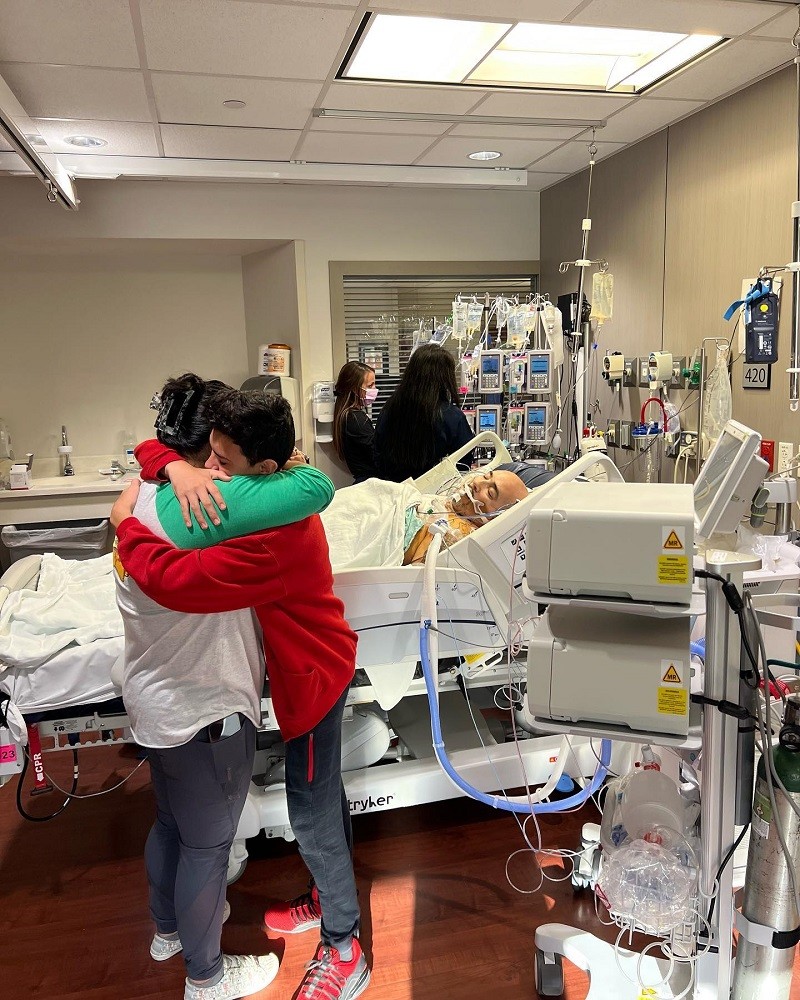
Lesson 4: Look for Signs of Progress
I felt better immediately after the transplant.
When I woke up from the procedure, still intubated, I felt so hot—that’s because I actually had blood flowing to my extremities again. I had more color in my complexion.
The initial inpatient recovery went as well as it could go. I did my best to keep a positive attitude and be an example for my kids and others around me.
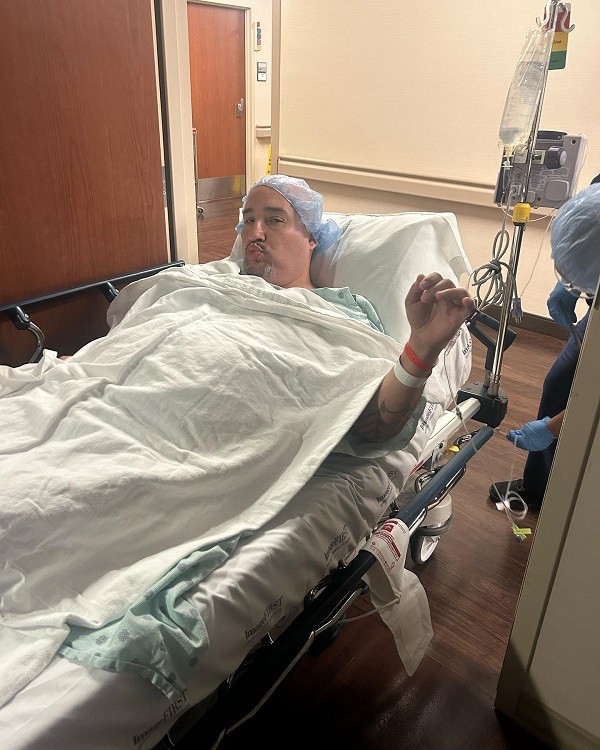
The day after the transplant, I was able to stand and take baby steps just a few hours after waking up . The staff inspired me to stand, walk, and build endurance—which was no easy task.
I was finally able to return home on November 10, 2022—18 days after the transplant.

A week later, I had to be readmitted because the wounds from the removal of my implanted defibrillator and the area where they opened me up for transplant had re-opened. I was treated for infection, and after discharge, I had to use a wound vac for several months and receive two surgeries to help my open wounds heal.
A surgeon also installed five titanium plates with screws in my sternum and ribcage to help hold my sternum together.
Lesson 5: Depression and Joy Can Co-Exist
The first month post-transplant was such a rollercoaster of emotions.
At first, it was such a huge high, with a lot of joy, humility, and thankfulness. Then I would have some really low days.
I would question if I was worthy of such a gift, and I would struggle with how much effort it would take to complete minor everyday tasks.
I would go back and forth with mood swings of happiness and depression.
During that time, the transplant staff was very attentive and reassured me and my family in several different ways that I was doing well, and everything would get better. They were right.

Every single day after transplant has gotten me to a place that’s a little bit better than the day before.
There were some bad days, but the good days outweighed the bad ones.
I noticed the biggest rise in my energy 6-7 months after transplant. Today, I have a lot more endurance. I am able to do some of the things I used to do physically before my heart issues significantly impacted by health and capabilities.
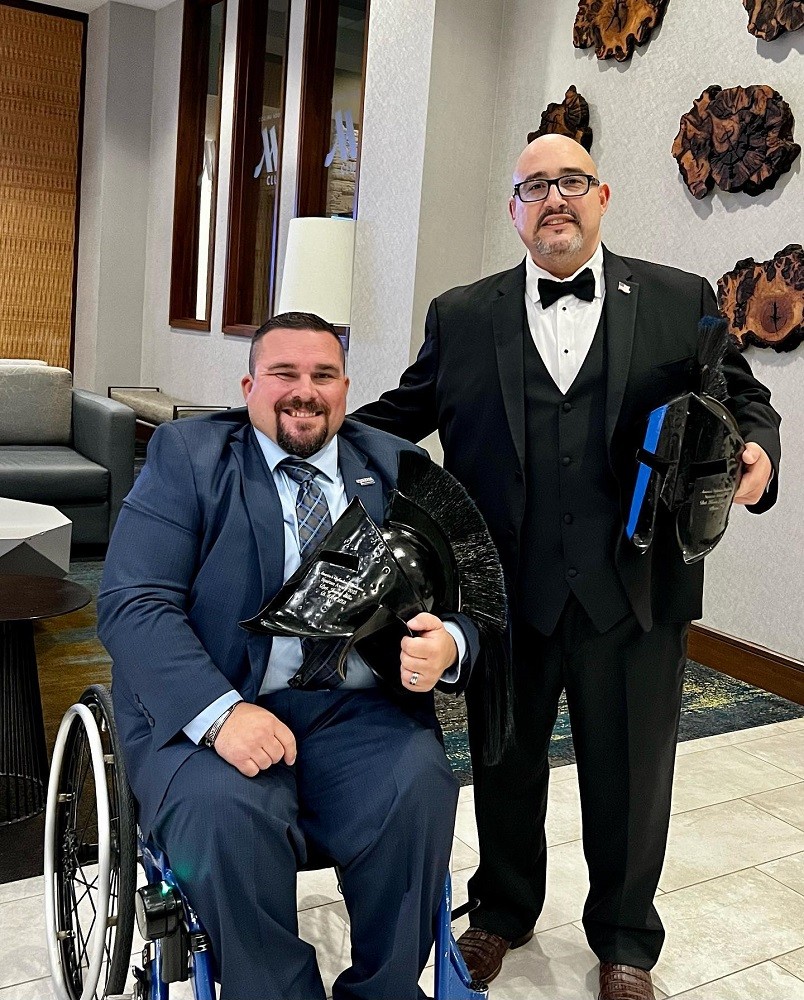
Lesson 6: It Will Change You
Transplant really changes you emotionally. I have always tried to be a positive person, but getting a transplant has made me feel appreciation for life. I believe that I am more patient now, and I can appreciate the little things.
I have a clear sense of where I want to be in life and what is important to me.
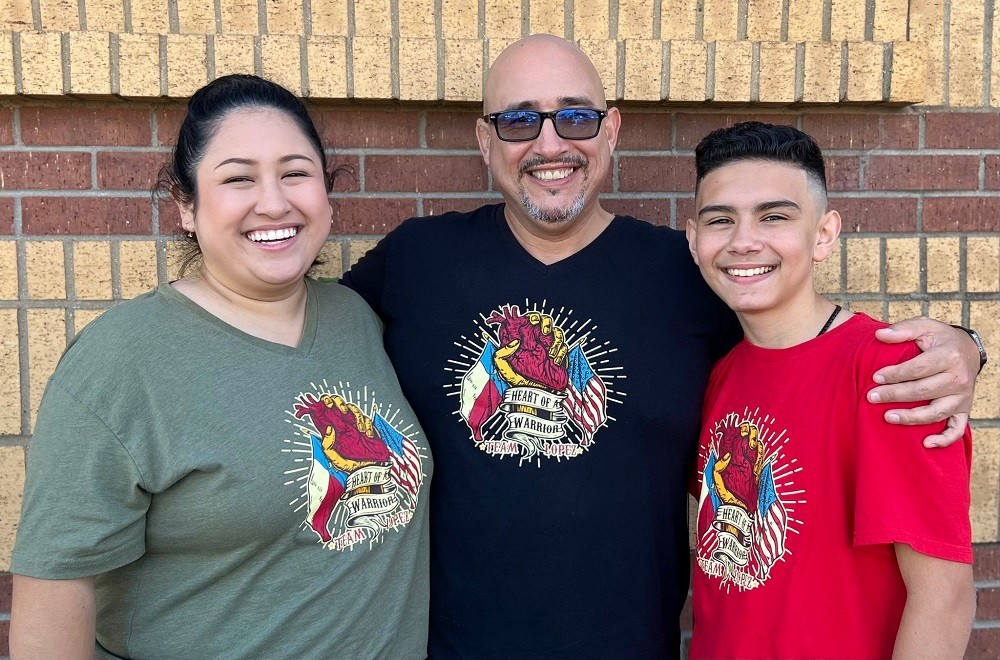
In January 2023, I got to “meet” my original heart. It was such a cool experience. My old heart was sitting on a tray covered by a blue towel. The room was full with my kids, people from the hospital, and reporters from KDFW FOX4 in Dallas doing a follow-up story.
The pathologist uncovered my heart. It was sliced into sections to allow examination of both the inside and the outside. He went into great detail and explained everything about it, including all the scar tissue from all of the heart attacks I had experienced.
I was able to hold my heart in my hands.
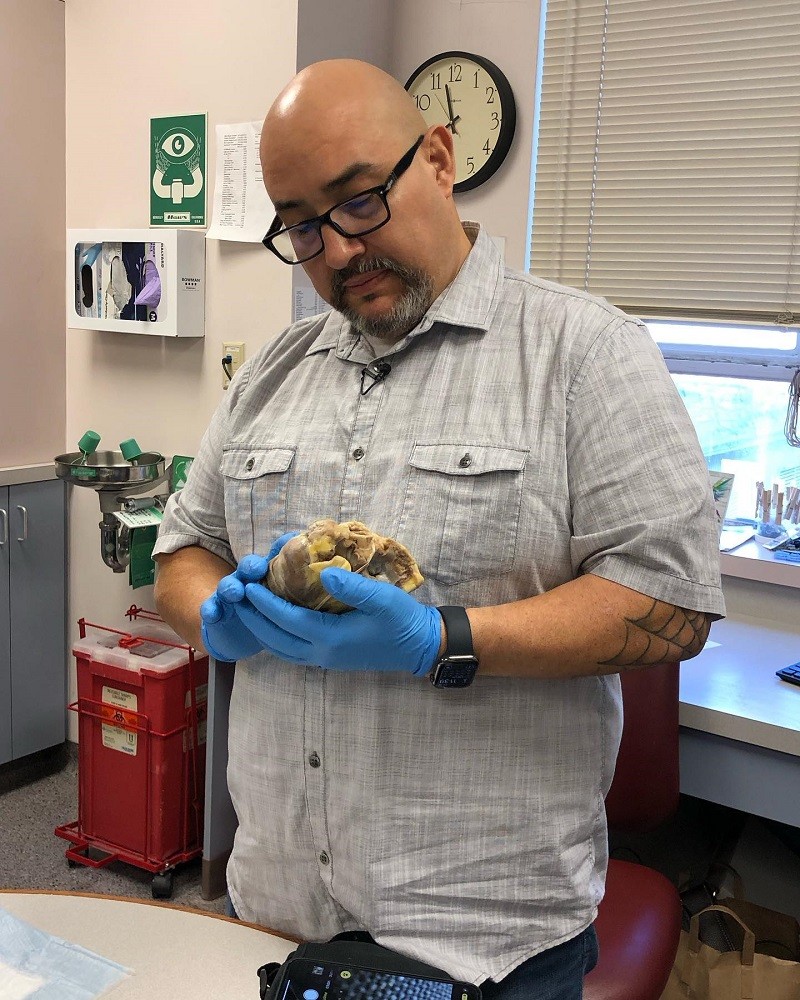
I thanked it for being so strong when I needed it the most. While everyone was talking and looking at the heart, I was just sitting there, looking at my heart on the tray, overwhelmed with emotions.
I felt so happy for this second chance, but I was also saying goodbye to my heart. It felt like mourning.
I kept those feelings to myself and just soaked in the experience.
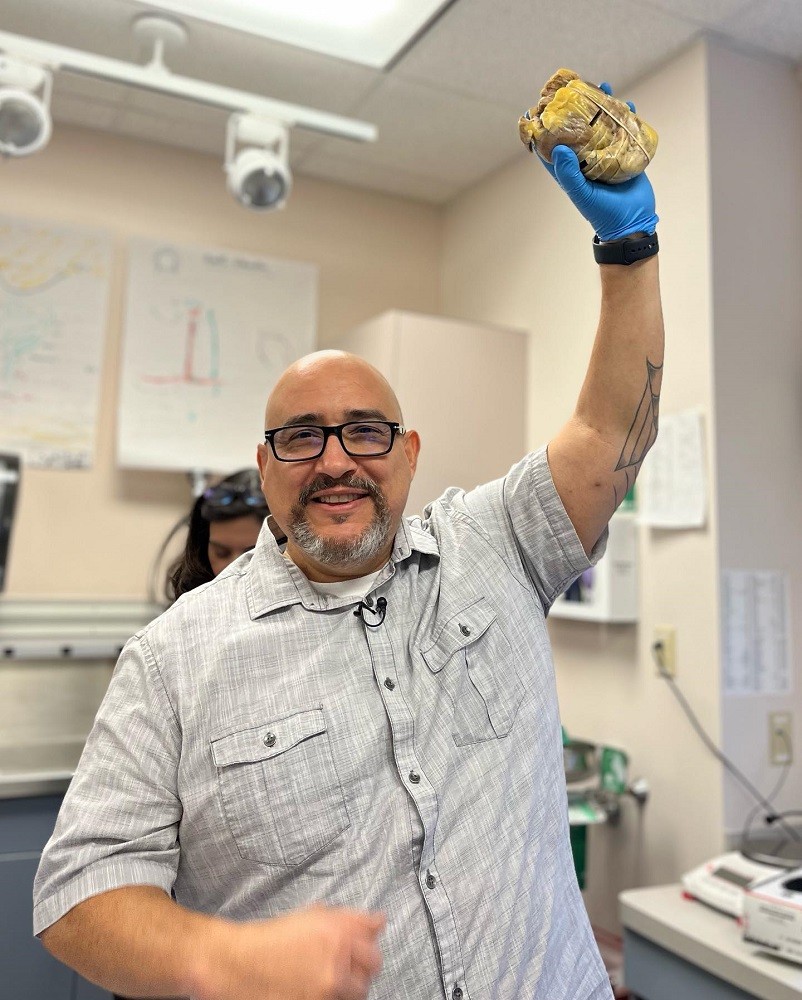
Lesson 7: Don’t Judge by Appearances
One thing that might surprise people is how deceptive someone’s outside appearance can be following this kind of major procedure.
While it may feel like the right move to tell someone “You look great!”, keep in mind that on the inside, it may be a totally different fight for that person than what it looks like on the outside.
Remember that the transplant journey is the hardest thing most people will ever go through.
Everyone has a different journey. Be supportive and inspire people around you to care and get involved.
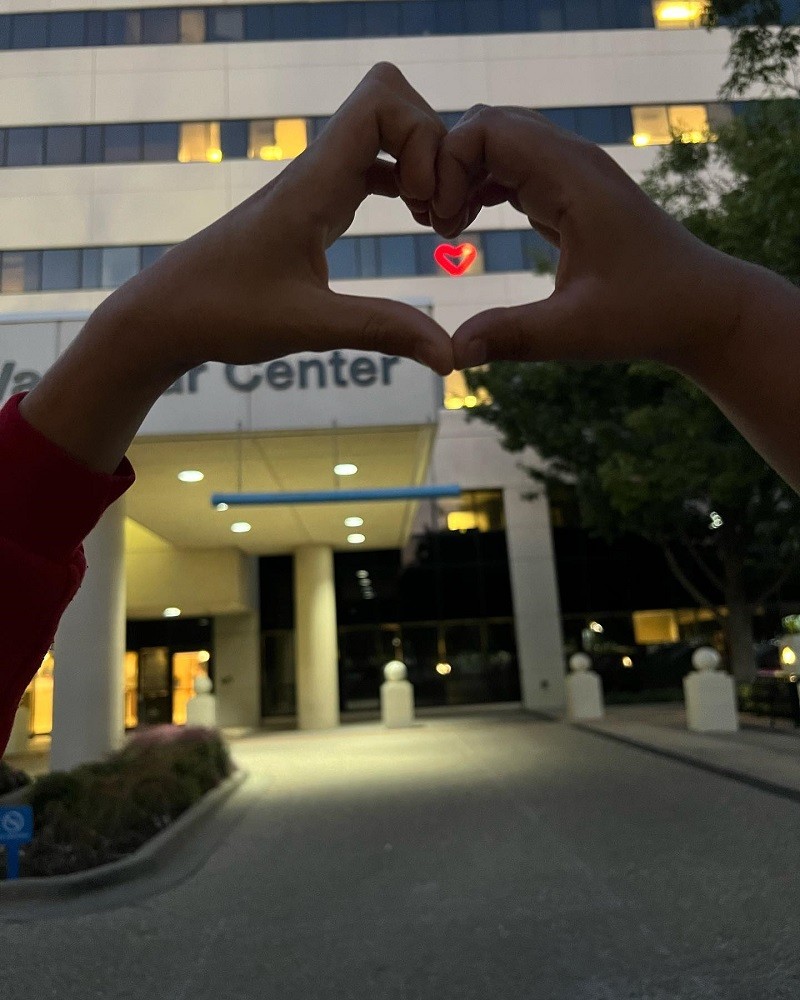
Lesson 8: Fundraising Could Save Your Life
A heart transplant doesn’t cure every health problem, but I can now envision myself excelling and thriving in the future thanks to the gift of this transplant.
I still live with 50% blindness in both my eyes from a stroke years ago. Anti-rejection medication also requires a lifestyle change that I will have to maintain for the rest of my life.
Along with transplant recovery comes so many costs not covered by my insurance. I am on disability from my employment, and with 2024 around the corner, the costs for medication and follow-up treatment are far more than my current income can handle.
I needed hyperbaric treatments, wound care, bloodwork, and more—in one case, my bloodwork was ordered from an “out-of-network” company, which left me with several thousands of dollars in out-of-pocket bills.
There are also supplies and equipment for home health care that have been prescribed for different aspects of transplant recovery—insurance does not fully cover these costs.
That is where Help Hope Live is invaluable for someone like me.
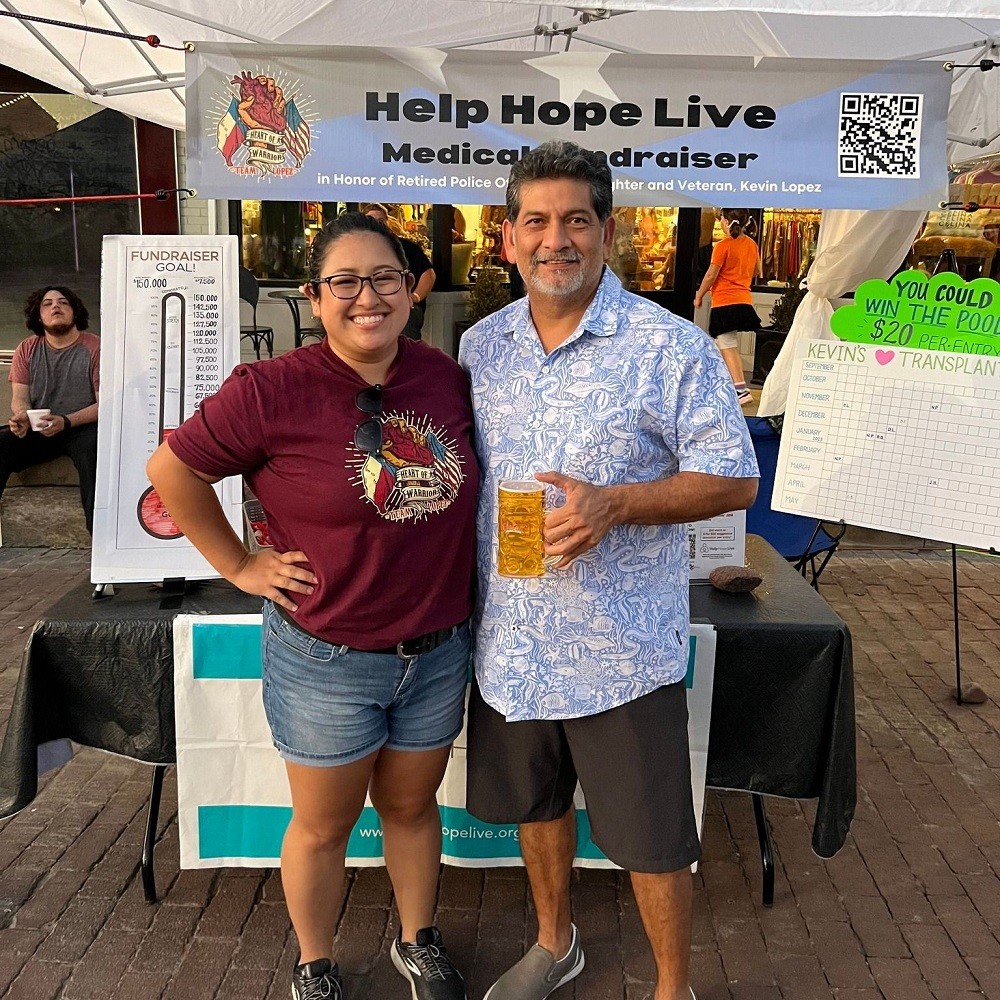
Prior to my own experience, I didn’t realize part of getting approved for a transplant is showing your support systems at home. That includes post-transplant caregiving, emotional support, and financial support.
I really believe there is a good possibility that I may not have been approved for a heart transplant at all without the opportunity to fundraise with Help Hope Live.
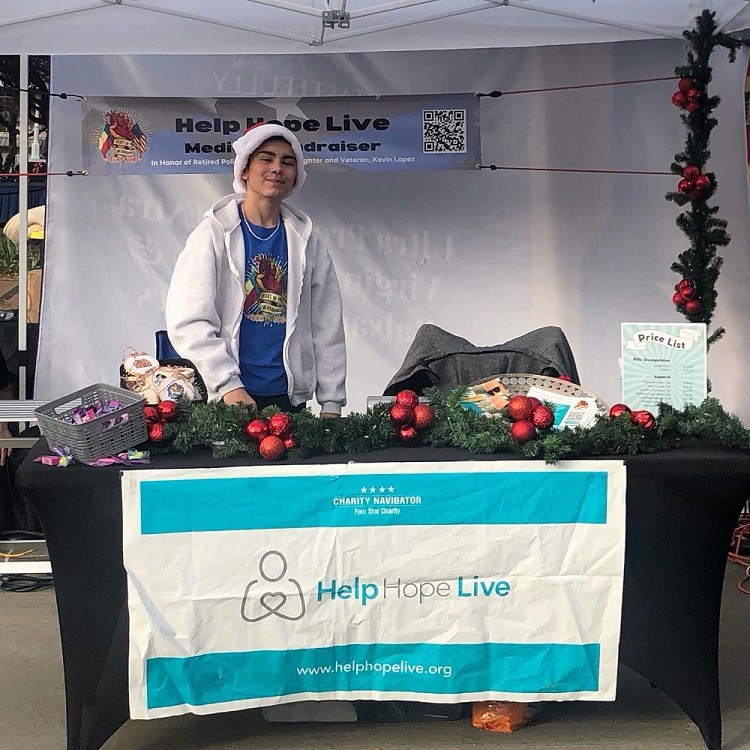
Help Hope Live afforded me the opportunity to get the word out and fundraise without the worry of having to set up every detail myself.
Their medical fundraising is turnkey. The nonprofit status was a big selling point for us, because in my case, fundraising did not jeopardize the disability benefits I already receive.
Based on my experiences, becoming an Ambassador for Help Hope Live was an easy decision.
I wanted to help people in the way I was helped. I really want to impact others by motivating them, inspiring them through my own experiences, and helping them in a time that is so overwhelming.
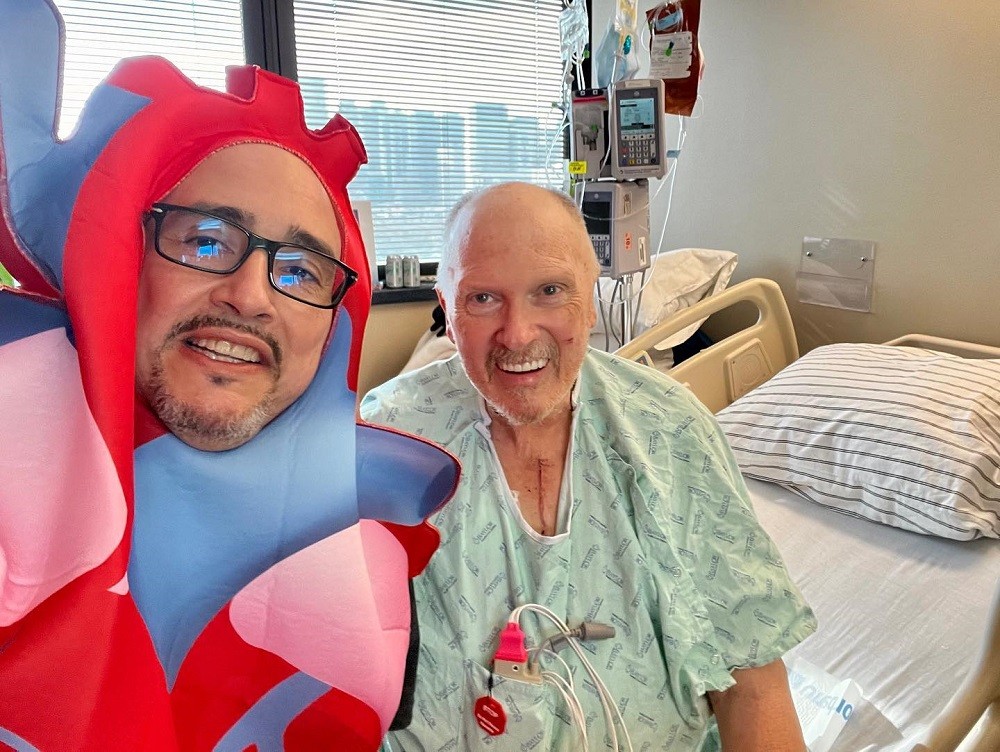
I am proud to be associated with Help Hope Live.
I talk about my experiences and my fundraising support with as many people as I can. I am a very social person, so I will converse with people wherever I go. I am very active on social media and mention Help Hope Live every chance I get.
I am also still actively fundraising myself to pay my unpaid medical bills post-transplant.
Lesson 9: Life Is Worth the Fight
To me, hope means a future with my kids.
I have time with my son and daughter that I had already accepted we may not have together. So, every day I have now is a gift and a source of hope.
My advice for transplant patients waiting for their own gift is to trust the process and stay strong in your faith. It is a tedious process, but looking back, it was so worth it. Nothing in life is easy, as you already know, so take it one day at a time.
Reach your inner warrior and fight for life.
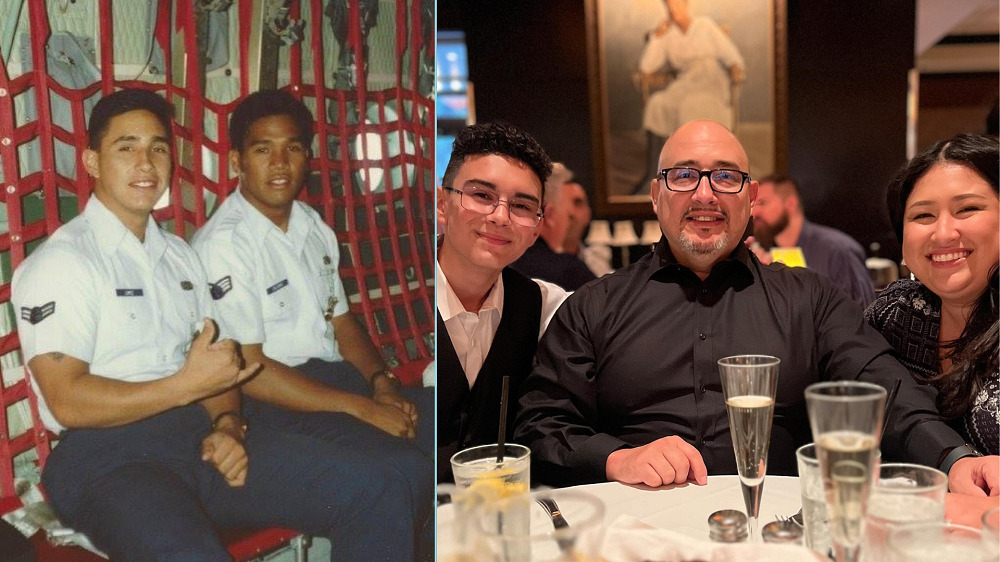
You can follow Kevin on his Campaign Page, on Instagram @heartofawarrior22, on Facebook @kevinshearttransplant, and on his website kevinsnewheart.com—don’t miss his new Bonfire design celebrating his first “heart-iversary”.
Written by Emily Progin
